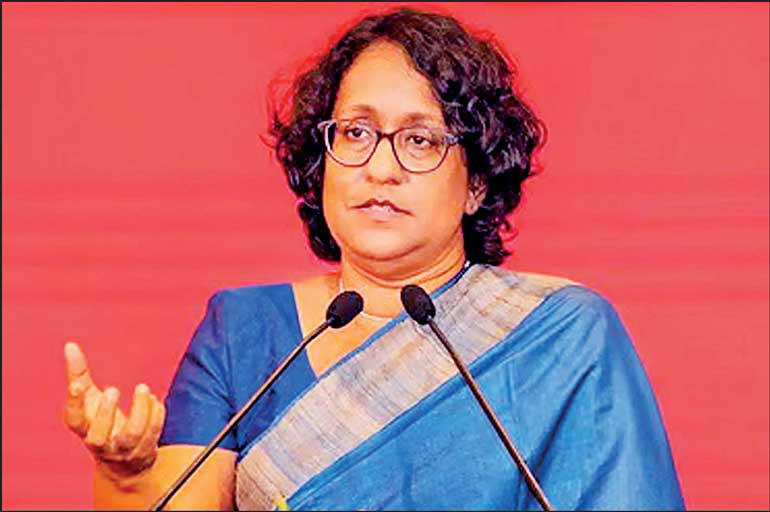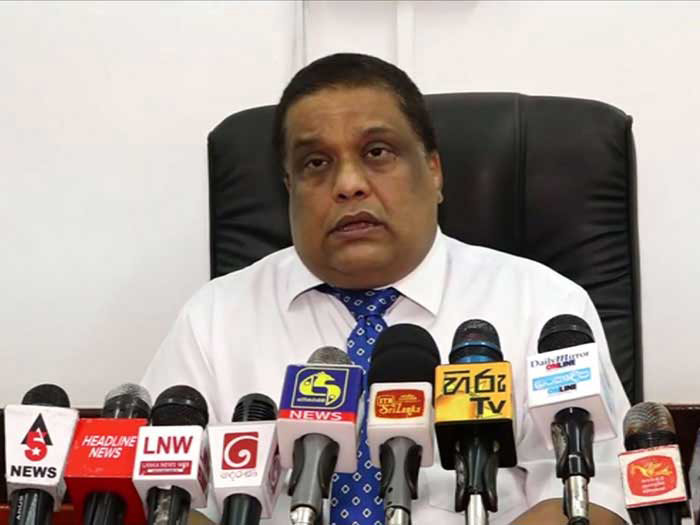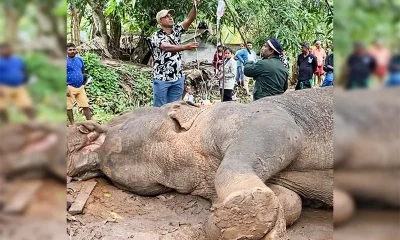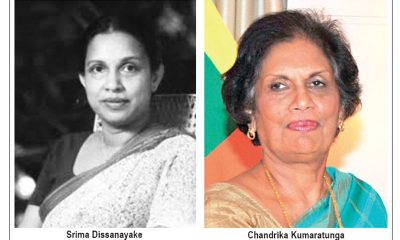News
Genetics and the Aryan debate: New light from old bones

The Aryan migration debate is not about whether the ‘steppe people’ migrated into India or not but is a question really about the timing of the steppe migrations and whether Sanskrit and the Rigvedic culture were part of the baggage of these migrants, says a new study.
The study published in the Sawarajya Mag says that the Aryan Migration Theory AMT (the new edition of the older Aryan Invasion Theory AIT) postulates that the Harappans were pre-Aryan with a culture in terminal decline by 1900 BC well before the Aryans entered India.
“The Aryans must also have appeared on the scene well before the onset of the Iron Age around 1200 BC, as attested by their Bronze Age artifacts and by the Rig-Veda, which they are supposed to have composed in India. The Iron Age began earlier in India than elsewhere, and even if the evidence of ferrous metallurgy around 1800 BC remains confined to the Ganga Basin and the South, it is improbable that it did not reach Northern India 600 years later. Thus, the outer limits to the Aryan migration are 1900 BC and 1200 BC.
The attribution of the Rig-Veda to the Aryan immigrants imposes even stricter time-limits.
The Rig Veda is an Indian book. Its geography and ecology are entirely Indian, with rivers, mountains, flora and fauna existent only here, definitely not on the steppes or anywhere along possible routes from the steppes. It could have been composed only after the Aryans were established in India long enough to have quite forgotten any ancestral homeland or alien environment.
Its composition further must have occupied several centuries because its earlier books differ linguistically enough from the later for this evolution to have required a very long time. Since the Rig-Veda must have been completed by 1200 BC, the Aryans must have immigrated at least 300 years earlier. Thus, the Aryan migration must have occurred within the narrow window of time 1900-1500 BC.
The ancient DNA discovered in India proper is limited to that extracted from a single female buried around 2600 BC at Rakhigarhi on the banks of the ancient Drishadvati.
This woman’s DNA resembles that of 11 roughly contemporary individuals disinterred not in India, but well outside, 8 at Shahr-i-Sokhta in Iran and 3 at Gonur in the Bactria-Margiana Archaeological Complex (BMAC).
The geneticists Reich et al speculate that these 11 were travellers from the Indus-Saraswati region and that all 12 represent the genotype of the Harappans. None of the 12 show any traces of steppe lineage; so if they were Harappans, the latter must have differed sharply from the steppe pastoralists.
After the Rakhigarhi woman, the cupboard of ancient Indian DNA is bare for almost another 1500 years. The next bit of DNA harvested is from the Swat valley of Northwesternmost Pakistan where several individuals have been exhumed with radiocarbon burial dates ranging between 1000 BC and 800 BC, a few before 1000 BC and a couple soon after1200 BC.
These reflect the genetic profiles of the 12 supposed Harappans but also elements of a Steppe Pastoralist ancestry. The chronology doesn’t quite fit the interval requirements (1900 BC – 1500 BC) of the AMT.
However, if the steppe people entered the Swat valley between 1900 BC and 1500 BC and interbred with Harappan natives to create a ‘ghost population’ now untraceable, and if a generation is 28 years long, then random recombination of genes within this ghost population over the intervening generations would create a replica of the disinterred Swat valley population at the time it actually lived and died.
Does this allay the discomfort generated by the paucity of ancient DNA from the relevant time and place? Not quite.So the geneticists have marshalled an impressive array of DNA data from thousands of contemporary Indians.
News
PM says govt. will introduce a new Constitution to abolish executive presidency

Prime Minister Harini Amarasuriya yesterday sad that the Executive Presidency would be abolished, in line with the NPP’s election manifesto.
Speaking in Parliament, in response to a question raised under Standing Order 27/2 by Opposition and SJB Leader Sajith Premadasa, the Prime Minister said the abolition would take place through a proposed new Constitution.
She added that preliminary work on drafting the new Constitution had already begun, with previous committee reports and other proposals being studied to guide the process.
“A concept paper on the draft will be presented to the Cabinet,” Amarasuriya said, noting that a formal study has been initiated on abolishing the Executive Presidency.
She said that the move cannot be implemented without introducing a new Constitution.
News
Opposition Leader rises in defence of Dr. Bellana

Leader Sajith Premadasa told Parliament yesterday that the suspension of duties imposed on Dr. Rukshan Bellana, Deputy Director of the National Hospital, amounted to a violation of his fundamental rights.
Raising the issue during parliamentary proceedings, Premadasa, who is also the SJB Leader, questioned the decision to suspend the senior medical officer for issuing a statement to the media, particularly on matters relating to children’s medicines.
He said health was a fundamental right and noted that two children had reportedly died, stressing that the focus should be on accountability over the incident rather than penalising a medical professional for speaking out.
Premadasa criticised the authorities for suspending Dr. Bellana solely for communicating with the media, asking whether such action constituted justice for families who had lost their children.The Opposition Leader said silencing officials, who raise concerns, undermines fundamental rights and does not address the underlying issues related to patient safety and public health.
News
Dr. Bellana suspended for speaking to media

Acting Deputy Director of the Colombo National Hospital Dr. Rukshan Bellana has been suspended.
A letter, issued by the Ministry of Health, says preliminary investigations by the Ministry of Health has revealed that Dr. Bellana, as a government medical officer holding a responsible position, made statements to the media, without approval, in a manner that created a controversial situation in the country and unrest among the public.
The letter further stated that formal disciplinary action will be taken in due course regarding this matter.
-

 Midweek Review3 days ago
Midweek Review3 days agoHow massive Akuregoda defence complex was built with proceeds from sale of Galle Face land to Shangri-La
-

 Features6 days ago
Features6 days agoWhy Sri Lanka Still Has No Doppler Radar – and Who Should Be Held Accountable
-

 News2 days ago
News2 days agoPakistan hands over 200 tonnes of humanitarian aid to Lanka
-

 News2 days ago
News2 days agoPope fires broadside: ‘The Holy See won’t be a silent bystander to the grave disparities, injustices, and fundamental human rights violations’
-

 Latest News6 days ago
Latest News6 days agoLandslide early warnings in force in the Districts of Badulla, Kandy, Kegalle, Kurunegala, Matale, Nuwara Eliya and Ratnapura
-

 News3 days ago
News3 days agoBurnt elephant dies after delayed rescue; activists demand arrests
-

 Features6 days ago
Features6 days agoSrima Dissanayake runs for president and I get sidelined in the UNP
-

 Editorial6 days ago
Editorial6 days agoDisaster relief and shocking allegations













